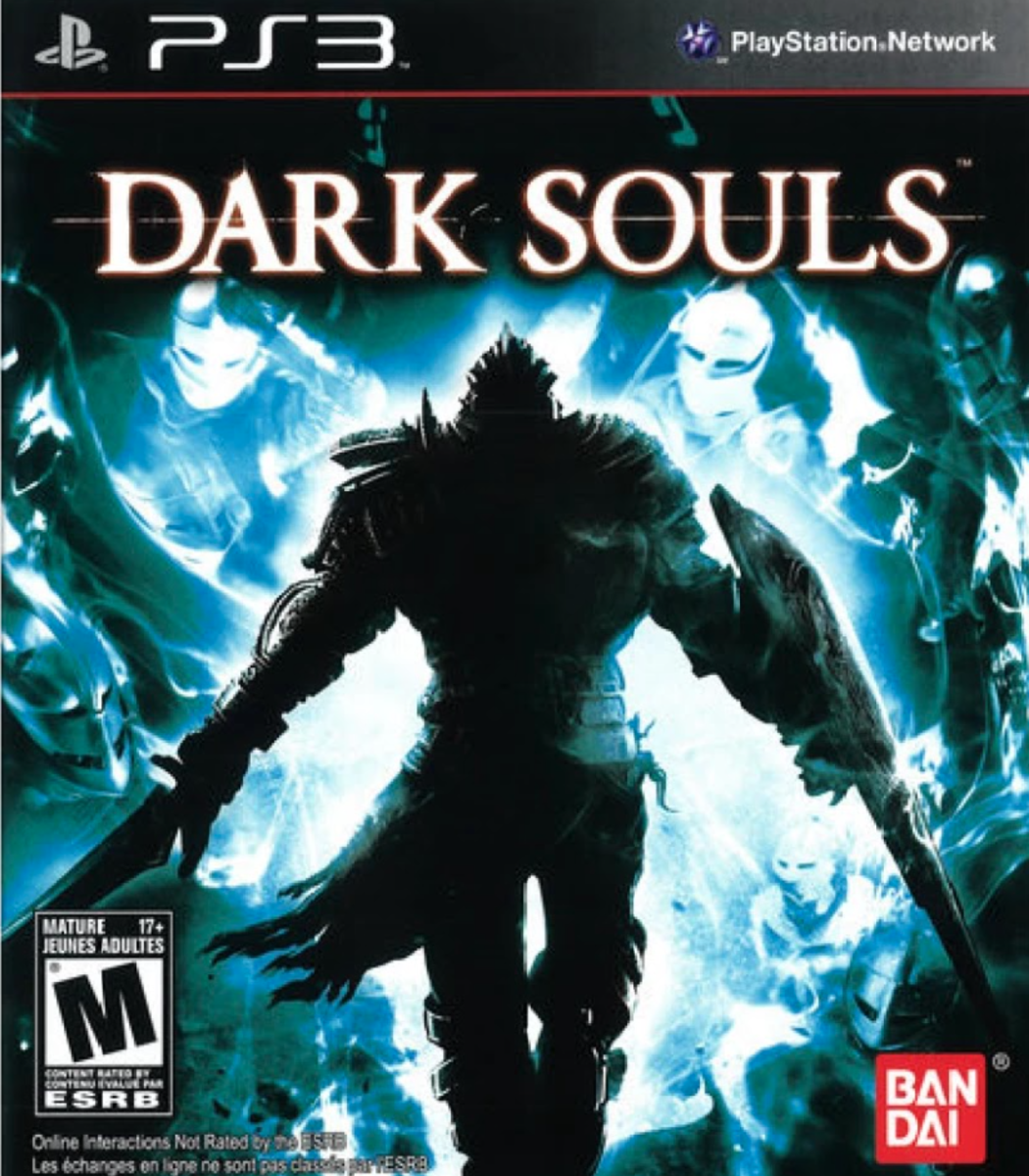When it comes to the discourse around Dark Souls, most people are most familiar with one word: difficulty. In areas of mainstream gaming culture, Dark Souls has been reduced to a mere synonym for hard games. Game journalists’ notorious use of “Dark Souls” to describe any difficult game has been thoroughly mocked (“Trust me, this Mario game is the Dark Souls of Mario games!”), and even searching “how dark souls affected gaming” immediately yields a piece claiming “Every difficult game seems to take inspiration from Dark Souls.” This consignment of Dark Souls’ influence to difficulty is deeply unjust. In reality, the Souls games have introduced many innovative concepts worthy of analysis. This article will have to do with Dark Souls’ take on combat.
Inspired by its spiritual predecessor 2 years prior, Demon’s Souls, Dark Souls refined the former’s ideas and brought it to a comparatively enormous audience. Its combat systems boasted a staggering amount of ideas that would persist in gaming, creating inspiration through broader aspects like its bosses all the way down to its system of parrying. Arguably the most prevalent contribution of Dark Souls’ combat, however, is that of thoughtful, measured gameplay pace.
There are a plethora of systems that work together to create Dark Souls’ exacting combat. Largely, though, they can be narrowed down to serving a singular goal: making players think. Each time a player engages in combat, their thought process often breaks down to three basic steps.
First, one must consider their tools, assessing whether their situation calls for a dagger, longsword, bow etc. Second comes the actual attack. Often the simplest step, this involves the moment or two in which the player uses their offensive tool of choice, potentially watching for things like an enemy stagger or how much damage it’s received. Finally, the player must react by dodging, running away from, or using a shield to block an enemy’s response.
In Dark Souls particularly, an underlying twist is added to this process: the stamina bar. Whenever the player attacks, rolls, or sprints, their stamina decreases. Blocking also slows its passive regeneration. With this one addition, Dark Souls weaves together all three stages of its combat. Now, before engagements, players have a moment to consider their stamina bar, possibly stopping to recharge or buff it first. During the attack, a player is forced to continue watching that stamina as it decreases with their actions, adding complexity to an often simple step. And during the reaction stage, they have to deal with the level they’ve left their stamina at as they respond with stamina-requiring evasive actions.
This cycle not only creates satisfying, thoughtful combat, but also a gameplay system that appreciates the value of slowness. Many video games after Dark Souls, both action RPGs and otherwise, came to adopt various aspects of this carefully paced approach to gameplay.
First comes big triple-A games. After 2011, one finds many of the gaming industry’s big releases have marks from Dark Souls’ combat left on them. In 2015, for example, the massively popular Witcher III took many cues from Dark Souls combat. It borrowed the stamina bar, as well as a similarly roll-heavy evasion system; both crucial aspects of Dark Souls’ slow pace.
Assassin’s Creed is another huge triple-A franchise which took notes out of Dark Souls. 2017’s Assassin’s Creed: Origin featured extremely similar button mapping and attack systems to Dark Souls. And once more, its dodging system was heavily roll-reliant, creating measured combat in the vein of Dark Souls. As game designer Ketul Majumdar wrote about the thoughtfulness of Origin’s combat system on Medium, “[It] feels much more fluid and natural. There is no button mashing at the right time based on the symbols shown on the screen.”
Likely the greatest concentration of Dark Souls influence lies, however, in indie games. Dark Souls combat changed the indie landscape forever, with some of the biggest indie games between 2011 and now taking heavy inspiration from it. Dark Souls also inspired an entire genre of games — “soulslikes” — which aim in large part to emulate the game’s combat.
2017’s Dead Cells and Hollow Knight are major examples of non-soulslikes which emulate Dark Souls combat. Both are 2d metroidvanias, and yet seem to lift many components of the methodical hits and dodges of Dark Souls. In particular, their gameplay flows follow in the vein of preparation, engagement, and reaction, as they both feature primarily melee gameplay accented by a somewhat Dark Souls-like roll (or in Hollow Knight’s case, a dash).
That being said, these games still take less in the vein of Dark Souls than outright soulslikes, a fact revealed by their comparatively quick pace and lack of a stamina bar. Major examples of indie soulslikes include 2016’s Salt and Sanctuary, 2017’s The Surge, and 2018’s Ashen, all of which carry over the Dark Souls stamina bar and roll. Just this year, Another Crab’s Treasure was released with a more lighthearted, but successful take on soulslike gameplay.
Overall, Dark Souls gameplay has inspired a variety of games from big to small. Its thoughtful stages of gameplay, connection between them, and generally measured pace has resounded throughout the gaming landscape. And looking back, Dark Souls certainly deserves to be memorialized for much more than being a “difficult game.”







